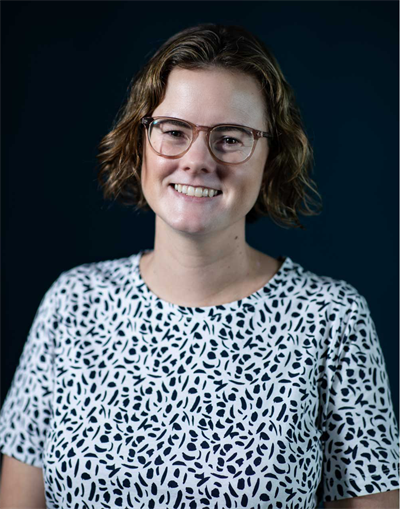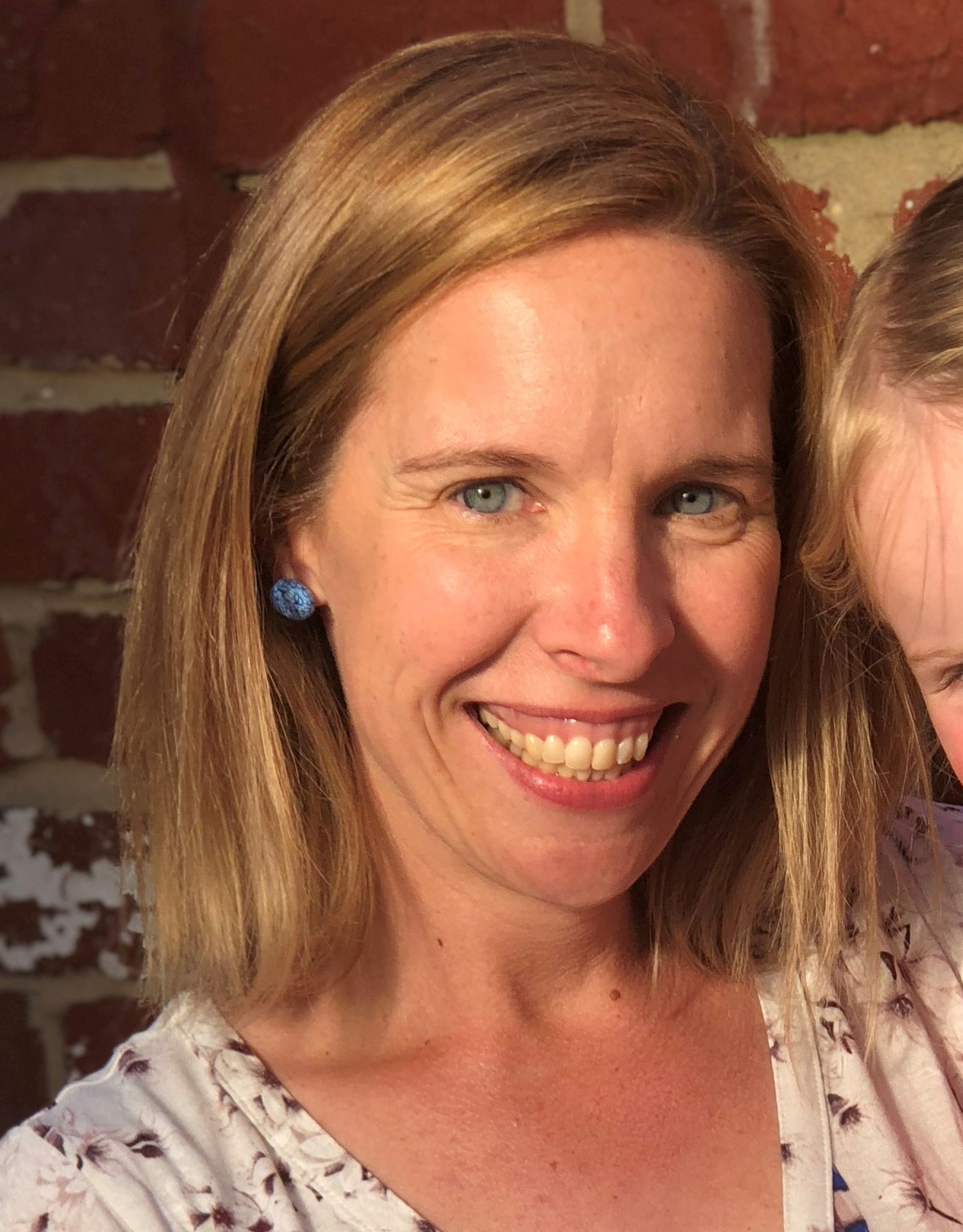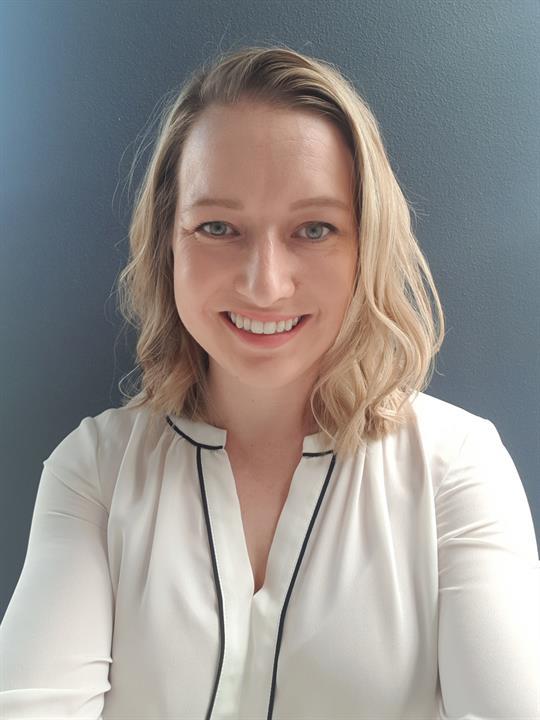- Posted on 8 May 2025
- 7-minute read
Parents and researchers are working together to empower families navigating a genetic neuro-developmental diagnosis with balanced and accurate information.
When a paediatrician informed Elizabeth Callinan that her daughter, Greta, might have a rare chromosome condition, the news was conveyed in overwhelmingly negative terms.
“I was left feeling if this was confirmed, it was going to be life-changing. Our lives, and our daughter’s life, were going to change for the worse. They were going to be shattered,” she recalls.
Not quite two, Greta was subsequently diagnosed with mosaic Down syndrome. Now nine years old, Greta’s lively energy and pride in being a “homie with an extra chromie” has enriched her family’s lives.
The experience of navigating Greta’s diagnosis has turned Callinan into a passionate advocate for other families navigating genetic testing and reaffirmed her belief in the value of diversity and difference.
She has started as a chief investigator on a UTS research project that aims to help parents receiving a genetic diagnosis obtain balanced and accurate information about their child’s condition.

Funded by the Australian Government through the Medical Research Future Fund, the research is headed by Erin Turbitt, a social scientist in the discipline of genetic counselling.
It will be consumer-led, meaning that the experiences and perspectives of Callinan and other parents will inform and guide the research program. Parents played a central role in formulating the successful grant application.
Down syndrome and other neurodevelopmental conditions, such as Fragile X and Angelman syndromes, affect almost 10 per cent of Australian children.
Increasing numbers of parents are taking advantage of the wider availability of genetic screening and diagnostic technologies, either prenatally or in early childhood.
However, Turbitt believes many parents find it challenging to understand the implications of a diagnosis, which is often delivered as “a laundry list of every possible thing that may go wrong”.
In previous research she conducted with 32 parents, they expressed unhappiness with the “deficit-based framing” of such conversations.
The project’s goal is to produce a digital tool – such as a web or mobile app – that might contain components such as stories of families with relevant real-life experiences and suggested questions for eliciting balanced prognostic information from health professionals.
A plan for testing how the tool could be introduced into the clinical process will also be devised.
We hope our digital tool will provide families with positive information that helps them and promotes a balanced perspective.
The app will be co-designed with parents of children with a genetic neurodevelopmental condition. Co-design workshops will use arts and design-based methods such as photo elicitation and body mapping (creating a visual representation of thoughts and feelings).
The workshops will be held in Sydney, Melbourne and online. They will encourage participants to share insights into their children’s strengths and abilities, and provide the opportunity to reflect on what it was like to learn of their child’s genetic diagnosis.
Paediatricians will also be invited to give feedback on the tool. They will provide valuable input based on their clinical experiences supporting children and families following the diagnosis of a genetic neurodevelopmental condition.
Parents awaiting or receiving a diagnosis may not want, or feel ready, to connect with a Facebook or other support group, Callinan says.

Turbitt notes that, in her previous research, parents have described the pitfalls of online research including the prevalence of dated, overwhelmingly negative information about their child’s condition.
Callinan, who has degrees in social work and social policy, will be supported by an associate investigator, Pieta Shakes, who is both a researcher and the parent of a child with a neurodevelopmental disability.
Consumer voices will be further embedded in the research through the establishment of a consumer advisory group, consisting of parents of children with genetic neurodevelopmental conditions and consumer representation (including by advocacy organisations).
Turbitt is excited by the project’s co-design and collaborative aspects, and its potential benefits for families as they adapt to new information about their child’s genetic makeup.
“While I’m scientifically interested in the research questions, I also really want my work to have a real-world application, and to be impactful and relevant and used,” she says.
For her part, Callinan feels “respected and happy” to be working with the multi-disciplinary academic team, and she believes her voice will “help bridge the gap between research and practice”.
“I would like to have an impact on how neurodevelopmental conditions are talked about and understood, including recognition of the concept of a good life well lived with disability,” she says.
Greta is now in Grade 4 at her Melbourne primary school, where she participates in annual celebrations of World Down Syndrome Day.
Callinan describes her daughter as “a force” who “approaches everything she does with gusto, and is always curious, engaged, and keen to understand and contribute to her world”.
Research at Graduate School of Health
Find out more about research being conducted at the UTS Graduate School of Health.








